Foods that are a "pump" of sodium and you should avoid

Sodium is an invisible enemy, especially for those who have high blood pressure. Cooking salt is the main source of the element in everyday food, but it hides in several other foods. Currently, 12 grams of salt a day is ingested on average - equivalent to 4.8 grams of sodium. This intake is much greater than that required for the proper functioning of the organism - up to 6 grams of salt per day, which equals up to 2.4 grams of sodium. Example: A coffee spoon takes about 5 grams of salt. That is, almost the recommended daily allowance. The consumption of large quantities of salt causes hypertensive people to present difficulties in the excretion [elimination] of the substance. This is because they retain sodium and water in the body longer, a condition that directly interferes with blood pressure values.
But if it does so badly, then why not abolish sodium from food once and for all? The taste and predilection for more seasoned foods is what makes sodium still so present in treats. Below, some of the foods that most possess sodium and which therefore you should avoid:
1) Instant noodles:
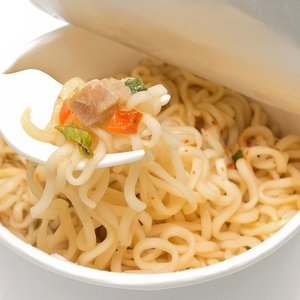
It was worse, but this kind of mass is still one of the sodium pumps. A pack has between 1,600 and 1,700 mg of the mineral. The recommended maximum per day is 2,400 mg. In 2010, there were brands with more sodium than the daily average.
2) Frozen food:
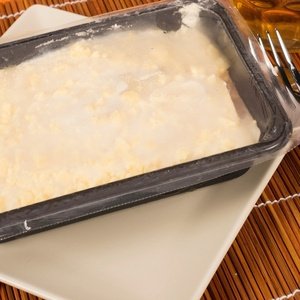
Ready-to-eat frozen foods, such as lasagne, estrogonofes and hiding places, also rank as sodium, with more than 1,000 mg per serving. Preservatives and stabilizers derived from sodium and potassium are widely used to ensure greater safety in the processing and quality of the final product. Because of the deals, some brands have recently launched options with less sodium --- with 700 mg in the two-person package.
3) Refrigerant Normal/Diet/Light:
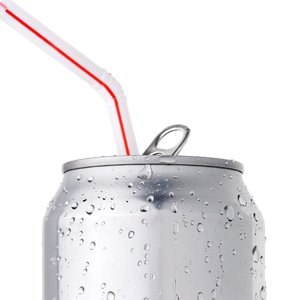
Low-calorie soft drinks are also rich in element. Coca-Cola Zero, for example, has 28 mg of sodium per 200 ml, while the normal version has 10 mg.
4) Sparkling water:
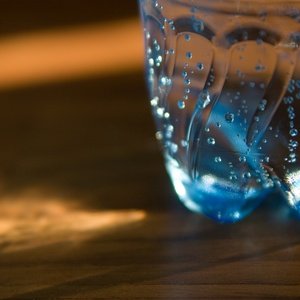
Carbonated water is like a soda, only without sugar and dye. The ideal is to totally cut the drinks with gas. Most cases of obesity are accompanied by changes in pressure. So it is better to take a natural orange juice, which may even be more caloric, but is much more nutritious for the body.
5) Bread:
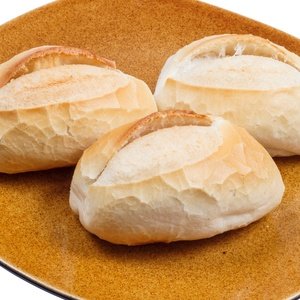
The amount of sodium in the bread needs to decrease. The ideal is 289 mg per unit of about 50 grams. In the past, bread had an average of 320 mg of sodium.
6) Chocolate bars:
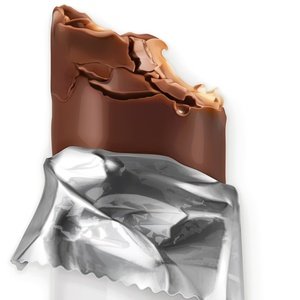
Always related to salt (its main source), sodium may also be hidden in sweets. You have to keep an eye on the packaging of chocolates, for example. The chocolate itself does not have sodium, but it can carry fillings and other components that contain the element, but that do not even get salted. A large chocolate bar with cookies, for example, has 215 mg of sodium.
7) Mayonnaise, mustard and ketchup:
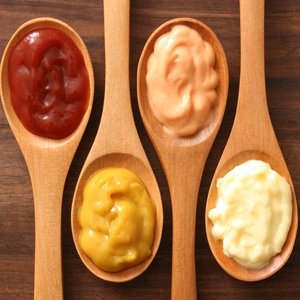
Sodium preservatives are best suited for the preservation of these sauces - hence the high content. In addition, sodium is also used to enhance the flavor of these condiments.
8) Industrialized Tomato Sauce:
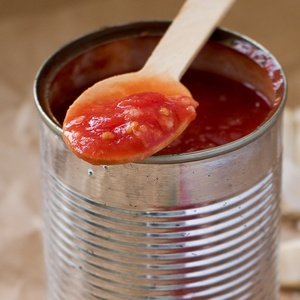
The tomato sauce or extract also uses sodium to preserve and enhance the flavor of the product. Two tablespoons have 5% of the total amount of sodium recommended daily.
9) Shoyu:
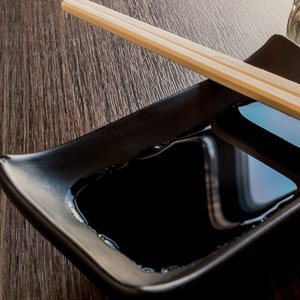
One tablespoon of soy sauce has more than 900 mg of mineral - quadruple this figure to think that little pot of Japanese food trundle. In light soy sauce, the sodium concentration drops to 700 mg, which is nonetheless much.
thanks for the info
;)